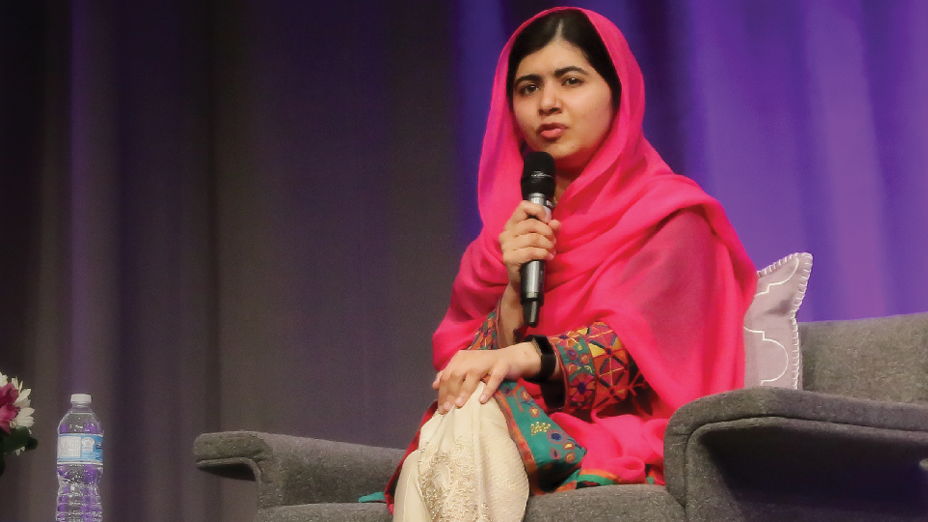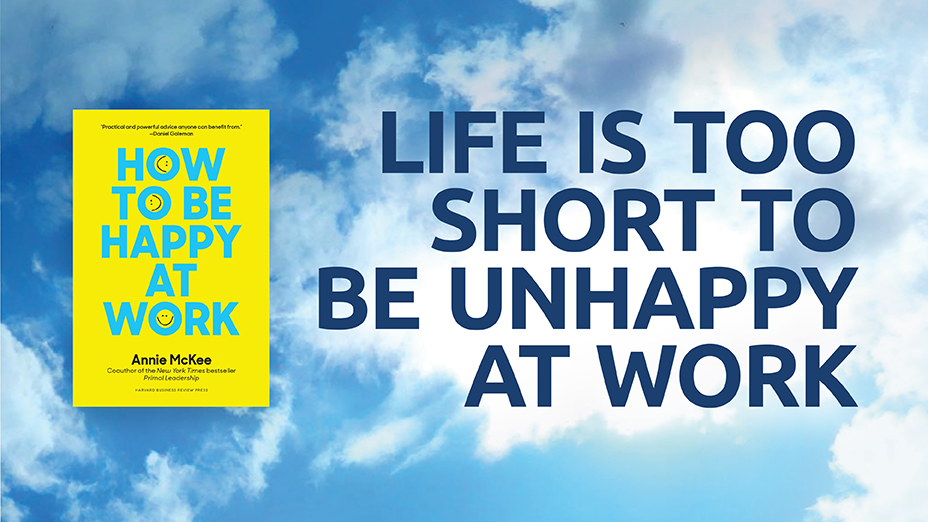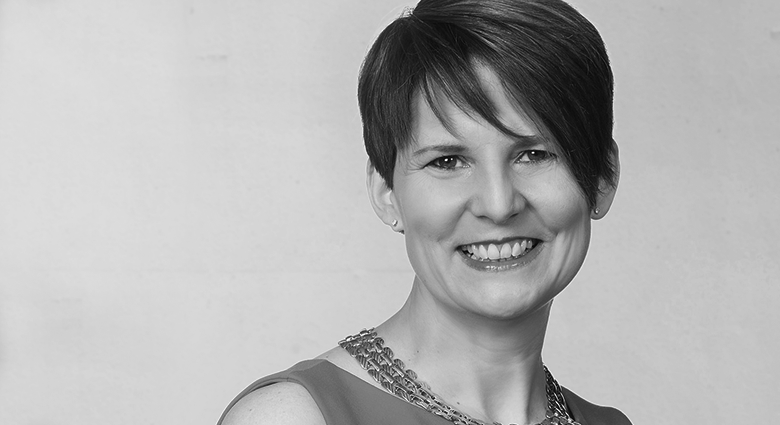As a team effectiveness advisor, I understand the importance of civility in the workplace. Lately, the desire for civility has morphed into a dangerous compulsion to keep everything happy and harmonious. Our propensity to duck, dodge, and defer the conflict that’s inevitable in organizations is only redirecting it, intensifying it, and embedding it in our teams. I call this phenomenon conflict debt.
Conflict debt is the sum of all the undiscussed and unresolved issues that need to be addressed to be able to move forward. Conflict debt is incredibly common for two reasons. First, because conflict is a given in organizations. From the most strategic decisions such as how to make tough trade-offs between priorities, to the most mundane like how to allocate workload, conflict is required. That would be ok were it not for the second fact: while organizations require conflict, humans run from it. We’re naturally conflict-averse, and that tendency is only strengthened by our socialization at home and at work to see conflict as not nice, impolite, or uncivil. The result is mounting conflict debt.
As with any debt, the original cost is compounded the longer you leave it unpaid. With conflict debt, that often comes in the form of growing misalignment, eroding trust, and increasing stress. Once a conflict has been avoided for a while, it’s time consuming, delicate work to extricate the team from the mess. In trying to make everything happy and harmonious, we have actually made everyone miserable.
THE ANSWER MUST BE SYSTEMIC
For the most part, our answer to insufficient conflict has been to teach conflict skills. We have excellent training on Difficult, Fierce, and Crucial Conversations. The problem is that we are building a skillset that most employees aren’t using. We solve for the productive conflict skill, but not for the will .
What we really need to focus on is making conflict more frequent, lower impact, and more of an ongoing habit rather than a major event. How do we, as leaders, do things that will help employees face fewer unpleasant and uncomfortable conflicts? Here are three ideas you can introduce in your organization.
1. Neutralize Potential Conflicts
The frenetic culture in many organizations causes leaders to shortchange planning in favor of action. The irony is that failing to clarify expectations slows things down and sets up unhealthy conflict. Prevent these misunderstandings by helping your team clarify roles and set expectations from the outset.
Define the unique value you expect each layer in the department to add. Be clear about the everyone’s role as work is planned and delegated. Articulate what good work looks like. Specify what value you expect managers to add in first-line review. And just as importantly, be explicit about what you don’t want people to do—the types of issues where you want them to escalate. more conversations about what is expected of everyone will eliminate so many of the unproductive conflicts that come when people don’t know what’s expected of them.
2. Normalize Required Conflicts
Next, normalize the productive conflict by mapping out the unique value of each role on your team and the tensions that should exist among them. For each role, ask: 1) What is the unique value of your role on this team? What are you paying attention to that no one else is? 2) Which stakeholder is your role most focused on? Who do you serve? 3) What is the most common tension you put on team discussions? What one thing do you have to say in your role that frequently makes others bristle? Answer those questions for each member of a team, emphasizing how the different roles are supposed to be in tension with one another.
Articulating the productive tensions on your team helps reframe a disagreement; instead of thinking the person is being hostile, it’s understood that they are living up to the obligation of their role. With heightened awareness and a shared language, your team will start to realize that much of what they have been interpreting as interpersonal friction has actually been perfectly healthy role-based tension.
3. Build a Conflict Habit
The ultimate goal is for productive conflict to become a habit; one employees engage in routinely without requiring significant attention or effort. The secret is to increase the frequency and decrease the intensity of conflict until it becomes a habit that is so natural that no one raises an eyebrow when a conflict emerges. When you develop a conflict habit, people stop taking things personally, their emotions no longer scuttle the conversation, and they don’t bother getting defensive—they just work through the issues and move on.
"The secret is to increase the frequency and decrease the intensity of conflict until it becomes a habit that is so natural that no one raises an eyebrow when a conflict emerges."
There are many ways to introduce healthy conflict, particularly into your meetings. Set meeting ground rules where everyone is expected to improve the quality of the discussion with one or more of the following: test statements passed off as facts by asking for the supporting evidence; introduce diversity by exploring a different side of an issue or thinking from the point of view of another stakeholder; expose risks in plans by highlighting assumptions or imagining the implications. Don’t try to build a conflict habit by starting with the most contentious issue you’ve been burying for months. Instead, build the habit over time by teaching people to be comfortable being uncomfortable.
PREVENT UNPRODUCTIVE CONFLICT
Organizations require conflict but humans run from it. If we’re going to address this gap without getting into conflict debt, we’re going to need a something more than conversation training. First, we need to do a better job of clarifying expectations so we can neutralize many conflicts before they happen. Next, we need to normalize the productive tensions on our teams so they aren’t interpreted as interpersonal friction. Finally, we need to build a conflict habit so that conflict becomes much more frequent but lower impact. We, as leaders, have a critical role to play in creating a culture of productive conflict.





.png)




What Did You Think?